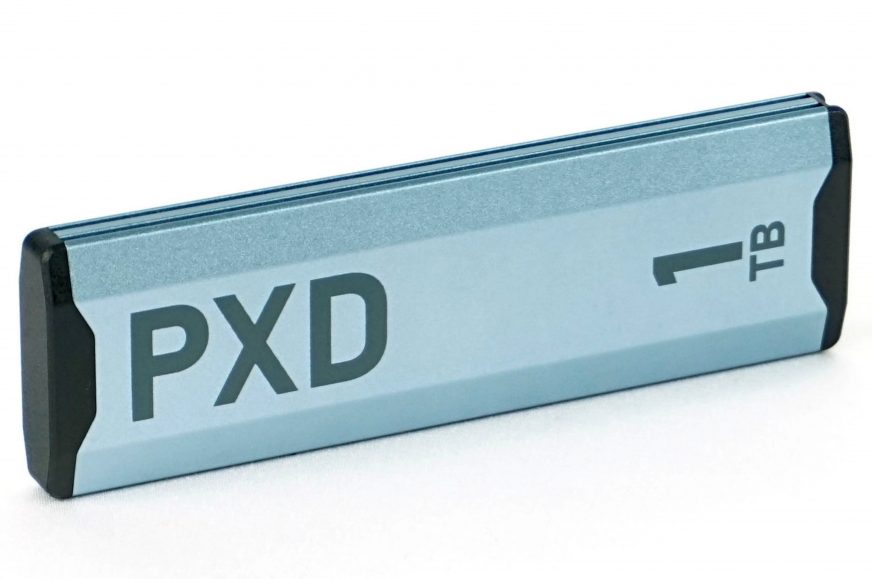Write
External SSDs are slowly but surely displacing classic USB memory sticks or external 2.5″ HDDs. They offer high speed, large storage and at the same time compact dimensions. I’ve been using Samsung’s T5 for some time now, and in the spring we also looked at SanDisk’s Portable SSD. Patriot, which collects plus points for great performance and reasonable prices in our reviews, is also coming to the market now with their PXD model. We will see if this is the case as well.
Write: practical tests
Practical write tests show us excellent results compared to other external SSDs we have tested so far. Shows well the generational difference compared to “older” SSDs, which had a performance limit of 500 MB/s, and this “new” one, which pushed paper performance up to 1 GB/s. Real speeds are, of course, lower, but the differences are still more than significant. With a 9 GB file, we can talk about up to twice the speed, for example, compared to T5. We see smaller hesitations with 5–10 MB files, where the PXD is only as fast as the other two SSDs, but it shows its power again with 12–59 kB files, where it achieves up to 10 times higher performance. For T5 and SanDisk, this test lasted up to 20 minutes, for PXD less than two minutes.
Write: synthetic tests
The synthetic test approaches paper speed in sequential writing attacking 900 MB/s. Access time or double 4K write speed against the older external SSDs is also very good. Conversely, with 4K 64 threads, you can see the same lower performance as with 5–10 MB files. As it is an SSD with TLC memory, a pSLC buffer is also used to speed it up. It has a relatively small capacity for 1 TB SSD, only 24 GB. When it is full, sequential write performance naturally declines, but still holds a fairly decent and stable 245 MB/s.








